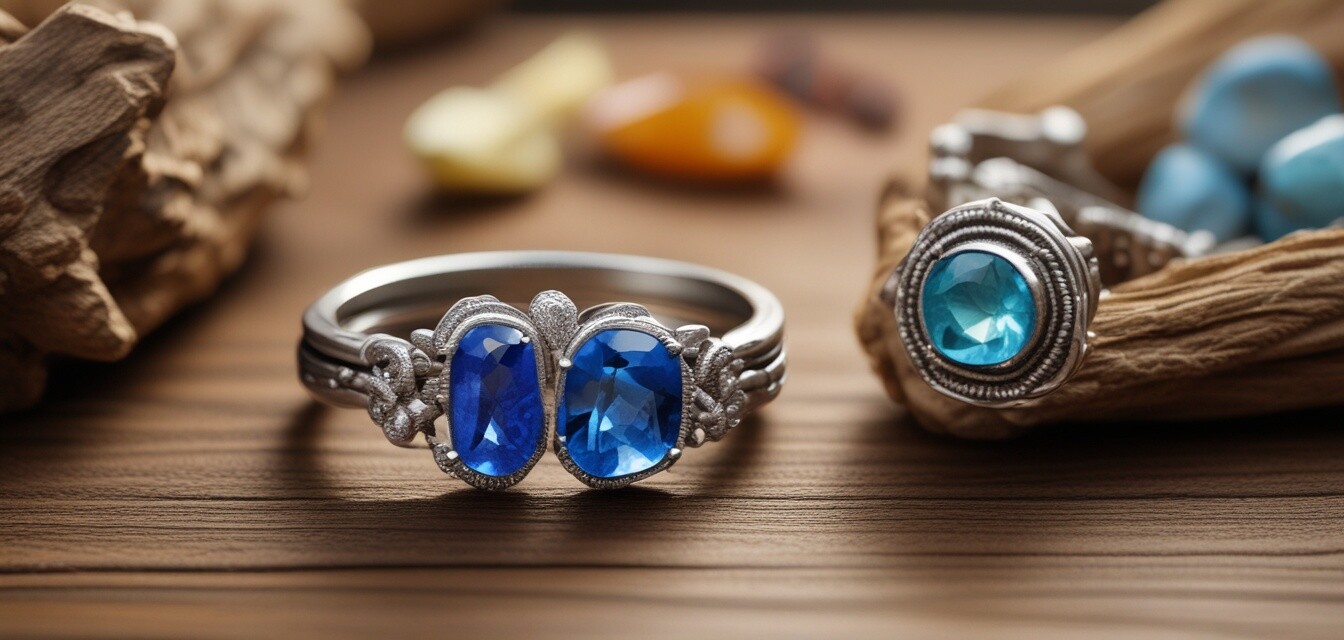
Sustainable Jewelry: Understanding Eco-Friendly Options
Key Takeaways
- Sustainable jewelry focuses on environmentally friendly materials and ethical production practices.
- Common eco-friendly materials include lab-grown diamonds, recycled metals, and ethically sourced gemstones.
- Choosing sustainable jewelry not only supports the planet but also promotes ethical labor practices.
- Awareness of sustainability trends in the jewelry industry is essential for informed buying.
- Seek out brands that prioritize transparency in their sourcing and production processes.
As consumers become increasingly aware of environmental issues, the jewelry industry is experiencing a significant shift towards sustainability. Eco-friendly jewelry is more than just a trend; it embodies a lifestyle choice that prioritizes the planet and ethical practices. This article delves into the various aspects of sustainable jewelry, including materials, brands, and the significance of eco-friendly practices in today’s market.
What is sustainable jewelry?
Sustainable jewelry refers to pieces that are made using eco-friendly materials and ethical production methods. It's about reducing the environmental footprint associated with jewelry creation and promoting fair labor practices throughout the supply chain. The consideration extends from the sourcing of raw materials to the manufacturing and eventual disposal of the jewelry.
Materials used in sustainable jewelry
When it comes to sustainable jewelry, the types of materials used play a crucial role. Here's a comparison of common eco-friendly materials:
| Material | Description | Environmental Impact |
|---|---|---|
| Lab-grown Diamonds | Diamonds created in controlled environments using advanced technologies. | Reduced mining footprint, lower ethical concerns. |
| Recycled Metals | Metals sourced from older jewelry or industrial scraps. | Minimizes the need for metal mining, less energy consumption. |
| Ethically Sourced Gemstones | Stones obtained from mines that promote fair labor and environmental stewardship. | Supports local communities and reduces environmental degradation. |
| Vintage Jewelry | Pre-owned pieces that carry history and character. | No new resources used, promotes recycling. |
The importance of ethical production practices
Beyond materials, the production processes of jewelry brands hold immense significance. Brands that adhere to ethical practices ensure their workforce is treated fairly, work in safe conditions, and receive wages that meet their needs. By supporting such practices, consumers can contribute to a more equitable jewelry industry.
Key aspects of ethical production include:
- Fair wages and safe working conditions for workers.
- Adherence to environmentally responsible manufacturing processes.
- Transparency in sourcing and production, allowing consumers to make informed choices.
Emerging trends in sustainable jewelry
The eco-friendly jewelry market is constantly evolving, with new trends shaping consumer preferences. Here are some notable trends that have emerged:
- Minimalist Designs: Simplistic style paired with sustainable practices to enhance beauty without excess.
- Custom-Made Pieces: Personalization encourages mindful purchases, reducing waste.
- Biodegradable Materials: Innovative brands are experimenting with materials that fully decompose.
- Upcycled Jewelry: Creatively repurposing materials to create unique new pieces.
Choosing the right sustainable jewelry brands
When exploring options for sustainable jewelry, it's essential to choose brands that align with your values. Look for those that provide clear information about their practices, materials, and commitment to sustainability.
Some aspects to consider when evaluating brands include:
- Does the brand disclose their sourcing methods?
- Are they certified by any ethical jewelry organizations?
- Do they provide information on their production methods and labor practices?
- Are their materials verified as eco-friendly?
Pros
- Supports environmental sustainability and ethical practices.
- Unique and original designs available.
- Increased transparency in sourcing and production enhances consumer trust.
Cons
- Sustainably made jewelry can sometimes come at a higher price point.
- Limited availability compared to conventional jewelry options.
Conclusion
The shift towards sustainable jewelry represents a broader movement toward conscious consumerism. By making informed choices, individuals have the power to support eco-friendly practices and ethical production methods in the jewelry industry. As awareness continues to grow, so too does the selection and quality of sustainable options. Stay tuned to the latest news and trends regarding sustainable practices in the jewelry industry to make your next purchase not only beautiful but also meaningful.
If you're looking for more information on sustainable luxury, be sure to check out our buying guides for tips on making responsible choices when it comes to jewelry purchases.